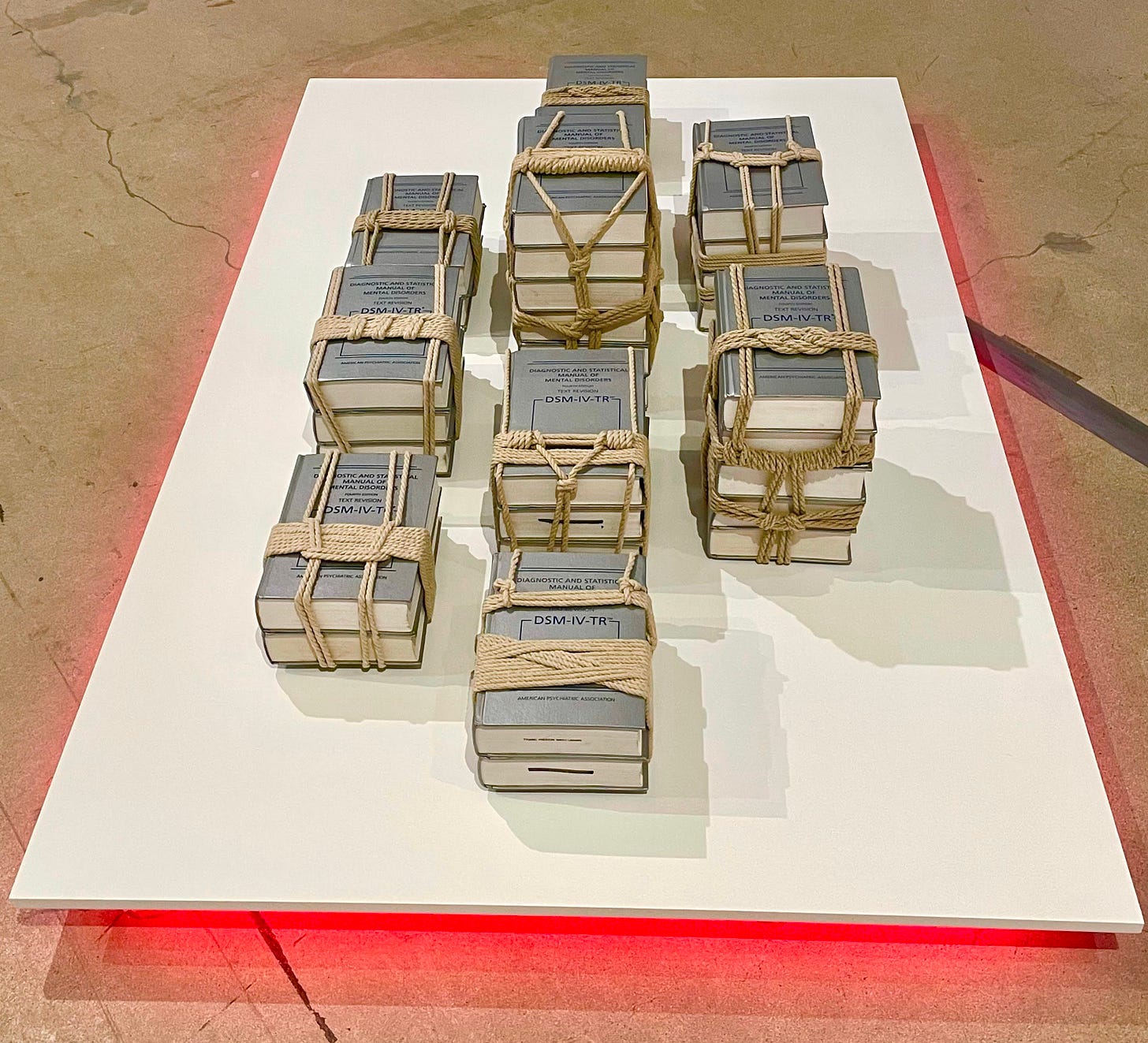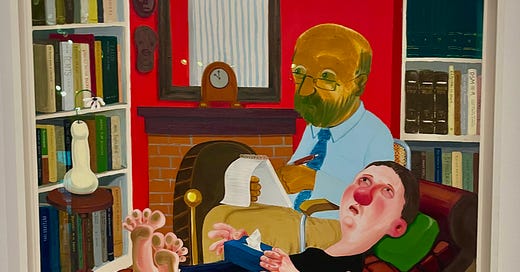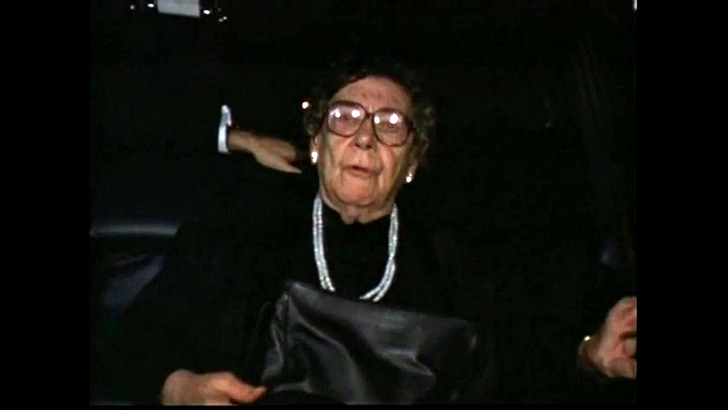Having moved to Los Angeles at the start of 2025 (which is already shaping up to be an all-time horrible year), I’ve been trying to get out and explore to spark some joy instead of staying inside and doomscrolling. So when I heard about an art exhibit exploring gendered and raced assumptions on sex and gender, I knew I needed to make my way to the Institute for Contemporary Art, Los Angeles (ICA LA) to experience it myself.
The exhibit is named Scientia Sexualis after a section in Michel Foucault’s The History of Sexuality. Foucault coined the term to reference the Western conceptions of sex as representing a uniform scientific truth to be extracted through powered relationships. Specifically, the psychologist’s couch is where trained clinicians seek to extract the “truth” of one’s psychology (including gender expression and sexuality) from a patient.
Importantly, the patient’s self-knowledge is not taken at face-value. It first must be validated as true by the psychologist. Anyone who has sought a diagnosis of F64 (gender identity disorders according to the International Classification of Diseases) in order to receive affirming care will be familiar with this process. Often, this is a key moment where care is gatekept for bogus reasons (by refusing to give the diagnosis) or conversion therapy is recommended.

According to Foucault, this dynamic is borrowed from the Catholic rite of confession where those that have sinned must confess their transgressions in the presence of a priest. The priest must accept these confessions in order for absolution to occur.Critically, both the psychologist’s couch and the confessional are historic sites of disclosure for queerness, and these private settings exacerbate the shame perceived by the queer person.
This resonates with my own experiences as someone who was raised Catholic and grew up with shame around my sexuality, feeling the spiritual urge to seek forgiveness for latent queerness from our parish priest during confession. Likewise, my first verbal admission of experiencing gender dysphoria occurred in a therapeutic setting. In both moments, I was overcome with an intense shame which I have since worked to rid myself of.
Scientia sexualis stands in contrast to ars erotica where knowledge of sexuality is embodied and accumulated through experience. In Foucault’s telling, ars erotica is the dominant form of sexual knowledge outside of White, Western societies. In translating ars erotica into the Western context, Foucault likens it to an examination of conscience, the Catholic preparation for confession. Instead of requiring external validation, the ars erotica is reflective and personal in a way that reminded me of the exercises in adreinne maree brown’s Pleasure Activism.

Although outside of Foucault’s analysis, settler colonialism brought white supremacy culture to regions around the globe. Scientia sexualis came with it as scientists attempted to extract knowledge from non-White peoples, often through physical violence (in addition to psychological violence).
A notorious example is the cruelty inflicted by J. Marion Sims, an American physician. Over his career, Sims amassed knowledge on gynecology, particularly from surgeries on enslaved Black women and girls. His procedures lacked both consent and anesthesia - the former due to an inability for enslaved people to refuse and the latter due to a predominant (and false) assumption that Black people are less sensitive to pain.
With his contributions to scientia sexualis, Sims is considered the Father of Modern Gynecology. In reality, the information Sims extracted belonged to the enslaved subjects that he violated. Their names are largely lost to white supremacist dehumanization, except for three who Sims named in his autobiography: Anarcha, Betsy, and Lucy.
Some of the most striking works in the ICA LA exhibit allude to these harsh realities through juxtaposition. Kenyan artist Wangechi Mutu’s collages show histological diagrams of the uterus (such as those used to train medical professionals) superimposed with features from Black women. Notably, the histological drawings are all depicting White subjects as anatomy textbooks overrepresent Whiteness. Yet, the histologies themselves contain information forcibly extracted from Black women.

The ICA LA Scientia Sexualis exhibit sparked new reflections on our present moment. It seems to me that the process of coming out (largely popularized in the late 1970’s - after Foucault published The History of Sexuality) has inadvertently reified the confessional dynamics described by Foucault.
Now, in place of the Freudian psychologist is society as a whole. The validity of queer identities is not only argued in scientific journals but also on social media and in the White House. In the current moment, queer people cannot self-identify without our identities being questioned and subjected to rigorous (or not so rigorous) investigations by the general public. The phrase “gender ideology” is itself pejorative because it casts gender non-conformity as merely a confused theory.
While, clinical practitioners no longer consider queerness as a psychopathology, the work of scientia sexualis is ongoing. Scientists created the concept of “biological sex” in the 2010’s enabled by pervasive transphobia and cissexism, just as pervasive racism permitted Sims’ atrocities in the 19th century. Science and politics work in tandem, and our efforts must critique both in order to truly combat white supremacy culture.
Scientia Sexualis is on view at the Institute of Contemporary Art, Los Angeles until March 2, 2025.









